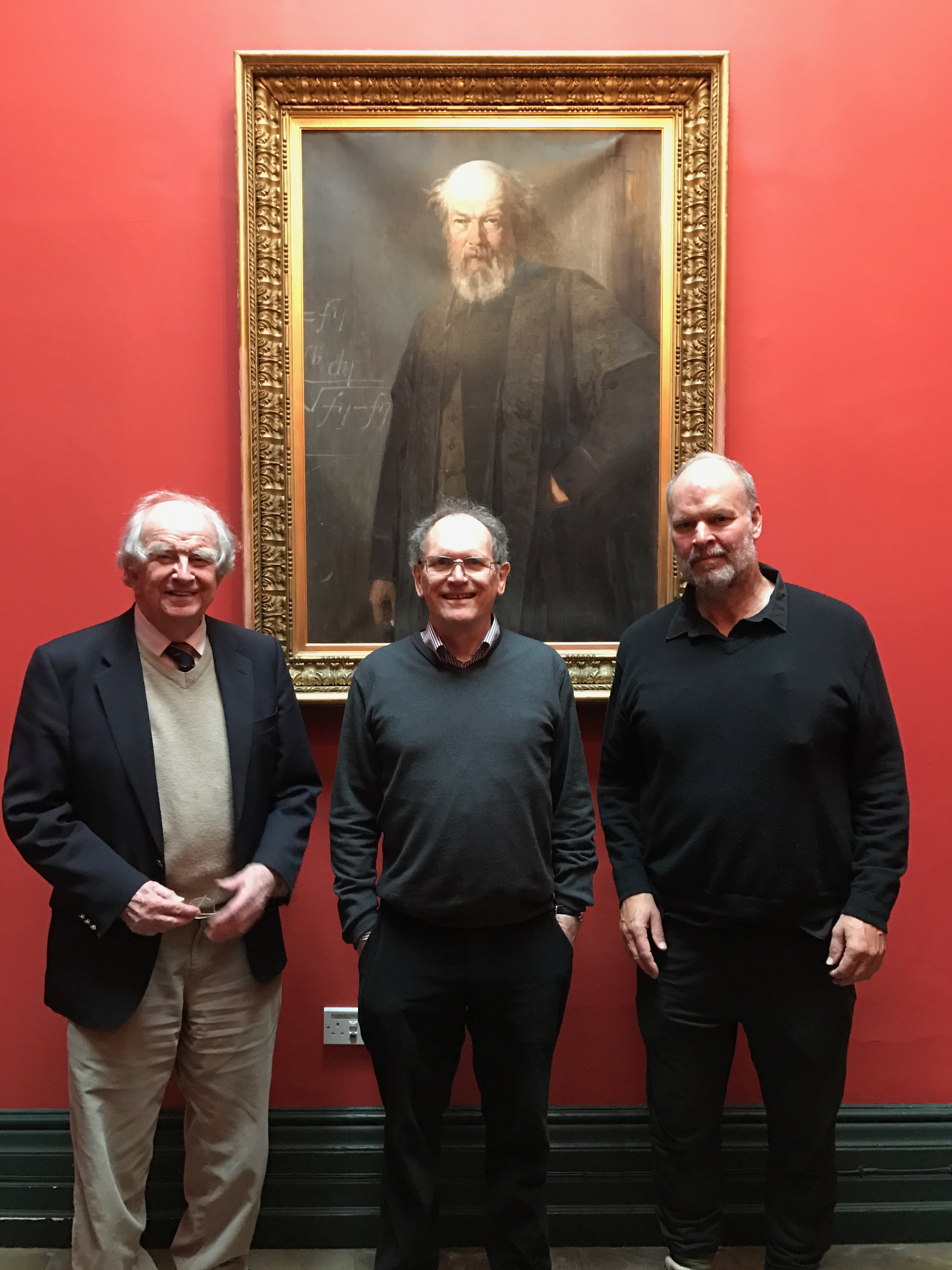by John Meurig Thomas

In 1926, an elderly widow named Mary Butler, mother of eleven children, living in Gwendraeth Valley bade farewell to two of her daughters. One left for Canada; the other, Bessie, took her son Jimmy and his brother and sister to join their father Freddie Jones, who had left Burry Port a few years earlier to seek a better life in New Zealand. Mary Butler never saw her daughters again. The forty year old grandson of Bessie and Freddie Jones stands before you today, a former undergraduate and now honorary graduate of the University of Auckland, Professor of Mathematics at the University of California at Berkeley since 1985, the first recipient of the Rutherford Gold Medal awarded by the New Zealand Government, Fellow of the Royal Society, Honorary Fellow of the American Academy of Arts and Sciences and, most significant of all, winner in 1990 of the Fields Medal, awarded every four years, the mathematical equivalent of the Nobel Prize — an intellectual as well as a physical giant.
What is it that has made this man one of the greatest mathematicians of the age? The answer necessarily has to be a little labyrinthine. It was Einstein who said that “The most incomprehensible fact of Nature is the fact that Nature is comprehensible”. When Galileo declared over four centuries ago that “every object continues in its state of rest or uniform motion in a straight line” he effectively paved the way for Newton and his laws of motion which, in turn, permit us to predict the ebb and flow of tides, to compute the paths of comets and planets and the motion of man-made satellites, to build bridges, to construct skyscrapers. From deep mathematico-physical analysis one often gains unimaginable and unforeseeable insight into the workings of the external world: from the soul of those who search more closely into the nature of things, profound truths emerge about the mysteries of Nature, and in a strange and exhilarating fashion new ways are found to harness its forces.
It was while Vaughan Jones presented a seminar in the University of Geneva in 1984 in a somewhat arcane area of mathematics dealing with knottedness of knots — how to describe and interpret the properties and distinguishability of knots — that he arrived at what has since become known, and will forever remain, as the Jones polynomial and the Jones invariant. This brilliant insight was extraordinary, for it was soon to revolutionize many seemingly different branches of physics and mathematics and latterly biology. The Jones polynomial is the pivot around which many of the advanced branches of twentieth century physics turn. Thus topology, which is concerned with the connectedness of visible objects (like knots in a string), was shown by Vaughan Jones to be linked to statistical mechanics and specialised branches of algebra in a breathtakingly unexpected way. Moreover, quantum field theory, relativity and general electromagnetism, all major areas in modern physics and cosmology, have since been shown to be interrelated via the Jones polynomial. And to cap it all, Jones’ work in knot theory has already been of use in molecular biology since it deepens our understanding of the behaviour of the double helices of DNA, the most important molecule of all living things.
Your Royal Highness, there is a sense of timeless kinship between the people of Wales and members of the Welsh diaspora. I feel that in honouring Vaughan Jones — y gŵr llachar ac anrhydeddus hwn o Seland Newydd — we are also honouring his Welsh grandparents, who nearly seventy years ago set out on the long and tortuous journey to an uncertain future on the other side of the world. Vaughan Jones has brought great glory to the land of his fathers. Y mae yn gwbl deilwng o’r radd Doethur mewn Gwyddoniaeth, er anrhydedd. He is a worthy recipient of the honorary degree of Doctor of Science.